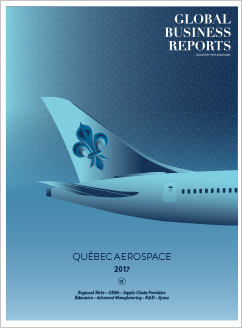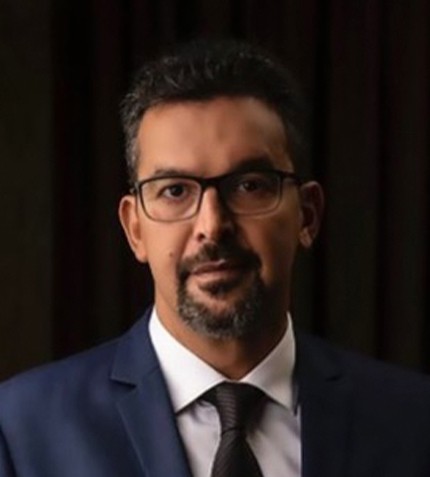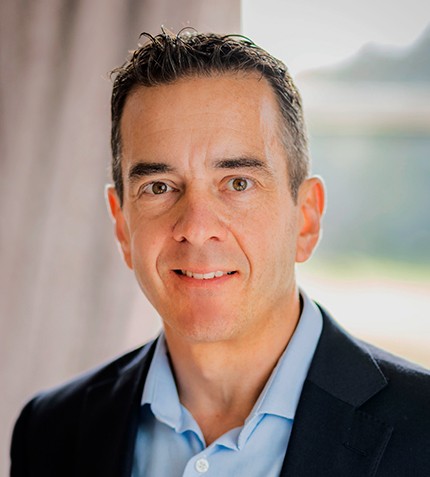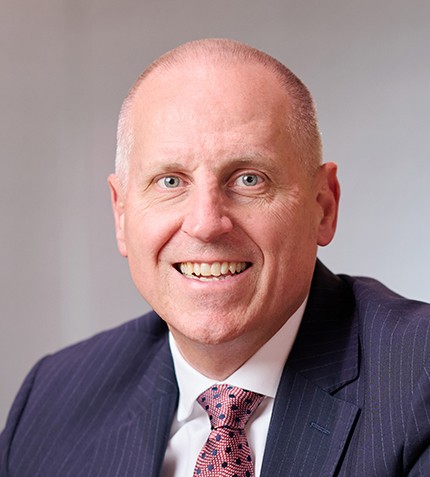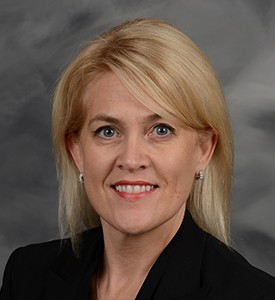
Bell Helicopter is a manufacturer of commercial and military helicopters headquartered in the United States with operations in Mirabel and is counted amongst Québec’s “Big 4” OEMs.
RELATED PUBLICATION
ARTICLES FROM THIS PUBLICATION
- Interfacing with Industry: Québec’s Universities Fortify Aerospace Activity
- Driving Efficiency to Increase Competitiveness: Québec’s Service and Equipment Providers
- The Big Four and the Competitiveness of Québec’s Aerospace Supply Chain
- Banding Together: Québec’s Innovation Ecosystem
- Aerospace in Québec: The Case for an Industrial Policy
- A New Order: Québec’s Supply Chain Reaches Turning Point
- Québec’s Aerospace 4.0: A Solution to Cost Pressures?
- Quebéc Aerospace: Education
- Safety First
Cynthia Garneau
PRESIDENT, BELL HELICOPTER TEXTRON CANADA
Could you introduce and contextualize Bell Helicopter’s Mirabel operations?
Our business in Mirabel is focused on commercial helicopters, currently the Bell 505, Bell 429, Bell 412 and Bell 407 programs. Encompassing the full spectrum of a helicopter’s lifecycle, our capabilities span design, product development, building of prototypes, flight-test activities and certification, working very closely with Transport Canada for certificates and validation-type certificates with the FAA, EASA, and other international airworthiness authorities. We carry out composite manufacturing, focusing on complex composite parts and thin laminates mostly, ensuring that we vertically integrate as many composite parts as possible. When required by the customer, we also do the completion work, installing the kits, options that they want, the customization, interior completion, paint and final delivery. Further to this, we have product-support engineer teams for 24/7 support on all of our commercial aircraft throughout the world.
How strong is current demand, and where do you see the greatest growth opportunity?
Demand has been very stable for the last three years, although not as high as it has been in the past. Right now, we mainly work on the day shift, which is the appropriate schedule given the market demand. However, we have the capacity to increase to a second or third-shift opportunity, if required. We are very agile when it comes to meeting market demand and always able to adjust with little impact to the workforce.
The biggest opportunity for us is with the Bell 505. We are starting delivery of the first aircraft, transforming the backlog of 400 letters of intent into firm orders. Dealing with this backlog will take us well into 2018 and we are already planning deliveries into 2019. Market demand remains strong for the Bell 407, Bell 429 and Bell 412 and we see increasing demand for the Bell 429 in particular. Many countries around the world view the 429 as a good aircraft for emergency medical service and we are currently supporting the operation of the fifteen Bell 429s and seven Bell 412s that were deployed to Canadian Coast Guard bases throughout Canada.
What are Bell Helicopter’s priorities when it comes to selecting suppliers and how should companies differentiate themselves?
Our priority is finding suppliers that are very cost-competitive and agile in meeting market demands. Proximity is also important for us. We transferred the build of all of our cabins and wire harnesses to our facility in Chihuahua, Mexico a few years ago, transferring our supply chain along with it. We now have much more of a Mexico-focused supply chain in these areas. Similarly in Québec, as we look towards the next generation of helicopter and next commercial program, we will be building a strong Canadian supply chain, looking for companies that can match us in innovation and follow us where we are heading in terms of technology.
One area of opportunity lies in automation as our implementation is limited. We intend to work closely with our suppliers to improve our manufacturing processes and capabilities through automation. As an industry, we are well positioned to take advantage of these technologies, which are very much integrated into the innovation agendas of the Canadian and Québec governments to ensure we leverage as much as possible. There will be much tighter coordination going forward to develop these technologies and increase their implementation.
Bell Helicopter recently decided to locate its Bell 505 operations in Québec over Louisiana, United States. What motivated this decision, and what are the advantages of operating in Québec?
The first consideration is the expertise developed within the region through the years, and the access to talent we have in Canada. The decision was made to maximize the engineering and manufacturing capabilities and expertise that we already have within our team in Mirabel, where we are established for more than 30 years. We also have universities with very strong aerospace portfolios. Whilst we are a 900-person company, we have close to 40 interns this year and we are focused on developing and retaining talent. A large ramp up can be problematic without securing the right talent for the future.
Second is the support offered by the government here in Québec and Canada at large. We get more attention here than companies in the United States because the sector’s economic impact is proportionally much greater. When we announced the Bell 505 relocation from Louisiana to Mirabel the timeline was astounding. Our CEO raised the idea on a Friday, requested a meeting with the Québec government on the Tuesday and a month later we had a done deal, bringing an additional 100 jobs to the region. The message is that Québec is “open for business”.
What are your views on the dynamic with the United States for a company that operates across the border?
Our operations between markets currently flow very well. We have our manufacturing centers in the United States building transmissions, blades and cabins and wire harnesses in Mexico. We conduct final assembly in Mirabel then deliver our aircraft globally. We also move our personnel between these countries very naturally and we hope this does not change.
Bell Helicopter recently unveiled its FCX-001 aircraft. What are some other areas of R&D focus?
The concept aircraft unveiled at HAI Heli-Expo in March 2017 has many innovative aspects, including a rotorless tailboom and an electric motor as part of a hybridized propulsion system. Aside from the FCX-001, there is increasing interest around UAVs and optionally-piloted aircraft. At Uber’s 2017 Elevate Summit in Dallas, we announced our partnership with Uber in developing the air taxi of the future. The Bell 525 is also currently in development and to be built in Amarillo, Texas due its large size. Following the unfortunate event of last year, we put our flight test on hold but we hope to resume our flight operations very soon. The V-280, the next generation of tilt rotor, is going well and is focused right now on the U.S. Future Vertical Lift (FVL) military program. We spend approximately C$25 million every year on R&D in Canada, and our Mirabel operations are very much integrated into the strategy.
What is the vision for Bell Helicopter going forward?
We plan to continue to change the way the world flies through innovating and bringing new technologies to our customers faster. Our passionate new CEO, Mitch Snyder, is engaging us all in the future for Bell Helicopter in Canada, and we are committed to the region and here to stay.




